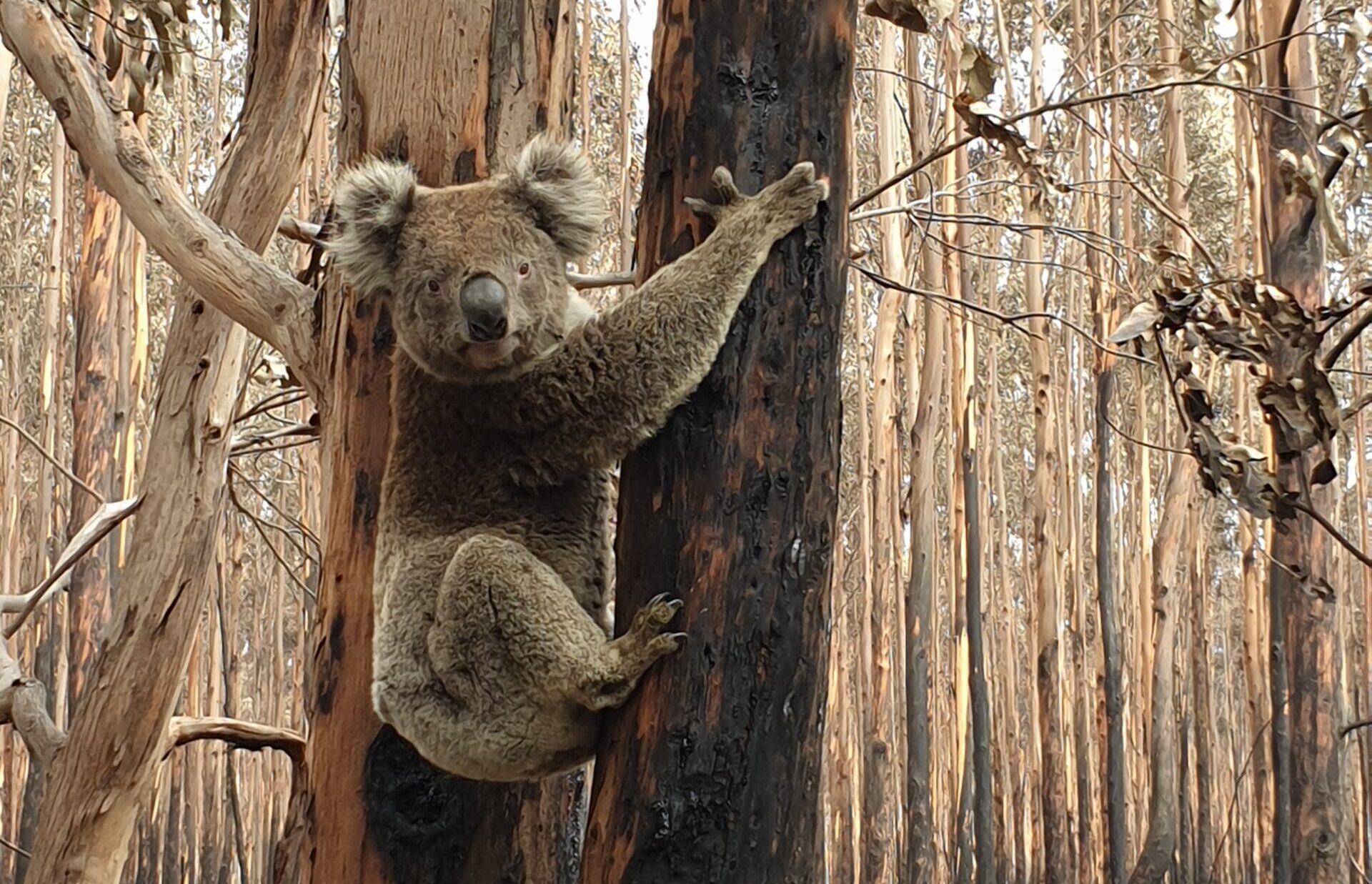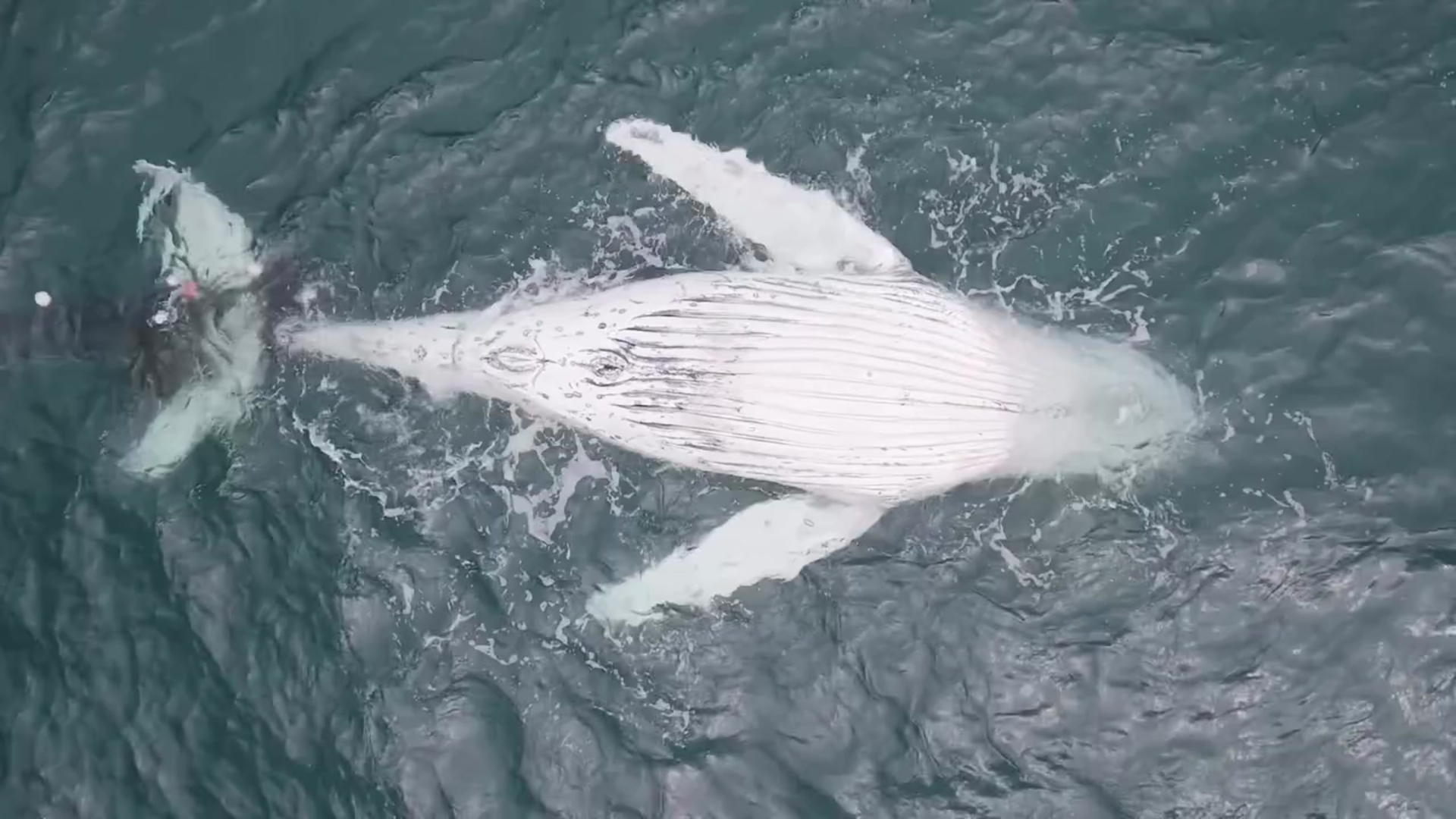Humane World for Animals Australia says risks to nature outweigh the gains in long anticipated reforms to Australia’s nature laws, tabled in parliament today. Having previewed the amendments to the Environment Protection and Biodiversity Conservation (EPBC) Act tabled today, Humane World for Animals Australia’s Director, Campaigns, Nicola Beynon says the...
Australia’s nature, from our unique wildlife to our awe-inspiring landscapes, is incredibly important and globally significant. A wide range of stakeholders including all levels of government, tourism bodies, environmental charities, land managers and the general Australian public have a major stake in ensuring it’s treated well and properly funded.
Most people know that a healthy environment is closely linked to Australia’s prosperity, and perhaps because of this we seem to take it for granted that our nature is being well looked after by the powers that be. The problem is that it definitely isn’t.
Despite its immense economic and intrinsic value, Australia’s nature hasn’t been a political priority for decades. We have one of the world’s worst extinction records, State of the Environment reports continue to show declines across the board, funding for environment departments and agencies continues to be cut, and politics is interfering in scientific decision making akin to times of great environmental ignorance – an excuse simply untenable in this day and age.

Australia’s nature is envied worldwide and our biggest tourism drawcard
It’s high time all levels of government showed collective ambition for safeguarding and recovering our nature, with the perfect opportunity recently arriving in the first review of Australia’s Biodiversity Conservation Strategy 2010-2030 – the document that sets out shared goals and commitments to protect the Australian environment now and into the future.
In 2015 the Federal Government began its review of the 2010-2030 Strategy. While fairly detailed, it was heavily criticised in an independent report commissioned by Humane Society International which determined that of the 10 specified interim goals only one could be claimed to have been met.

An HSI analysis of Australia’s Biodiversity Conservation Strategy 2010-2030 found progress to be disappointing.
Our review highlighted that few, if any, of the interim national targets contained in the strategy were able to have their progress towards desired biodiversity outcomes tracked, seriously reducing their effectiveness. We found that progress on the strategy’s goals was disappointing to the point where both the Targets and the processes for implementing them require major review.
After 6 months of inaction Humane Society International prepared another document, this time a proposal for revised targets. In it we emphasised that as our most recent global commitments to conserve biodiversity made to the United Nations (the Aichi targets) were signed just after the 2010-2030 Strategy was finalised, the review represented the first opportunity to align our goals with international obligations.
We provided dozens of recommendations for strengthened targets and actions to the Department of Environment and then Minister for the Environment Greg Hunt, but with the release (nearly three years later) of the new draft Australia’s strategy for nature 2018–2030, it is clear that our efforts had been ignored in their entirety.
The new draft strategy release for consultation is nothing short of an embarrassment on the global stage, with a series of 12 vague objectives such as “Encourage Australians to get out into nature” and “Enrich cities and towns with nature” barely expanded upon in a watered down document that looks as if it was prepared by a communications team under strict orders to condense and simplify.
Although urged to improve targets so they could be properly measured and reported against, they have become even more meaningless. Instead of addressing our ongoing failures to protect nature, the draft strategy has gone more in the direction of burying heads in the sand – there isn’t a single mention of State of the Environment reports or Aichi targets.
To highlight just one example of how far we have split from the international commitments we made in 2010, Aichi target 5 states “By 2020, the rate of loss of all natural habitats, including forests, is at least halved and where feasible brought close to zero, and degradation and fragmentation is significantly reduced.” The draft Strategy’s response? Six lines on an objective to “Reduce threats to nature and build resilience” while land clearing remains rampant throughout the country.
The objectives outlined in what should be an ambitious, energising document are uninspiring and meaningless.

Australian wildlife is suffering under the pressure of numerous threats. Photo: Nilmini De Silva
However all is not lost! Major amendments need to be made to Australia’s Strategy for Nature if it is to shape meaningful and much-needed conservation action, and as it’s still out for consultation we have an opportunity to see improvements before it gets locked in for another five years.
We strongly encourage all of our readers to help make the message heard that our nature deserves better by making a submission to the current draft. You can do so by emailing your thoughts to submission@environment.gov.au by March 16, including these key points:
- To protect Australia’s incredible nature and all it provides we need measurable and ambitious targets. Our environment is too important to put at such risk, and when there’s a problem we need to be able to recognise it and act;
- At the Tenth Conference of the Parties to the UN Convention on Biological Diversity held in 2010, participating nations including Australia agreed to an international Strategic Plan for Biodiversity for the period 2011-2020. We need to honour this international obligation by more closely aligning the targets in Australia’s Strategy for Nature;
- State of the Environment reports keep revealing that threats to our native species such as climate change, habitat destruction and invasive species continue to worsen, and funding for programs to conserve our unique biodiversity have faced ongoing declines. The Strategy for Nature needs to address these realities if we are to have any chance reversing trends;
- The draft Strategy contains no measurable goals or targets, or any concrete action plan to meet its unambitious objectives. As it stands it will do nothing to recover our biodiversity; and
- This draft Strategy should be withdrawn and replaced with one that incorporates measurable, time-bound goals to reverse the main threats to Australia’s biodiversity, and a plan of action for all levels of government in Australia to achieve them.
Humane Society International continues to engage with the process, preparing a detailed submission and set to attend a consultation event in Canberra in early March.


